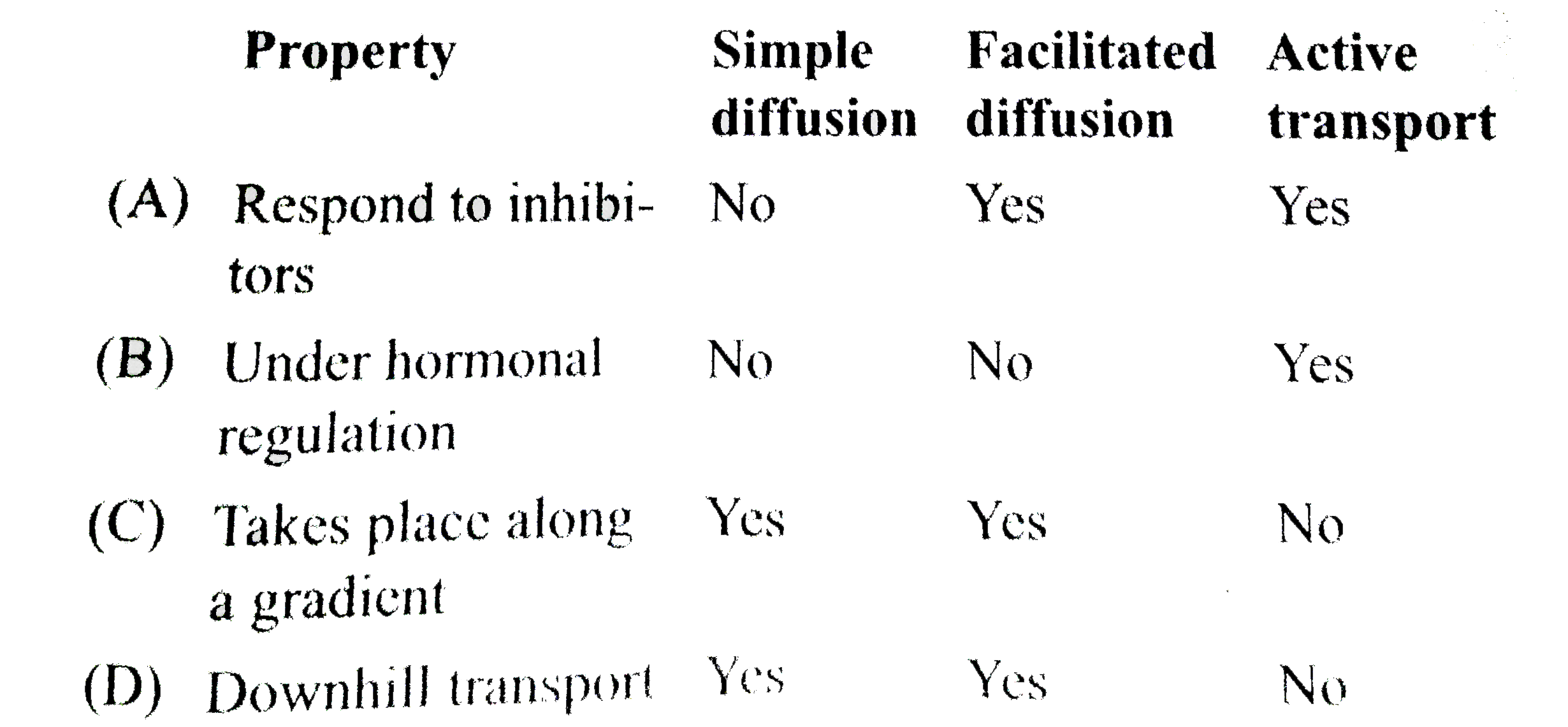Find the INCORRECT match from the following.
Atlas and Axis - Hinge joint
Carpal and Metacarpal - Saddle joint
Joint between adjacent vertebrae - Cartilaginous joint
Joint between carpals - gliding joint
The correct Answer is:A
To solve the question of finding the incorrect match from the given options related to joints, we can break down the information provided in the video transcript step by step.
1. Understanding the Joints:
- There are three main types of joints in the human body:
- Fibrous Joints: These joints are connected by dense connective tissue and do not allow movement (e.g., sutures in the skull).
- Cartilaginous Joints: These joints allow limited movement and are connected by cartilage (e.g., joints between adjacent vertebrae).
- Synovial Joints: These joints allow for a wide range of movement and are characterized by a fluid-filled joint cavity (e.g., knee joint, ball-and-socket joint).
2. Analyzing the Matches:
- Atlas and Axis: The atlas (C1) and axis (C2) are the first two cervical vertebrae that allow for the rotation of the head. This is a pivot joint, not a hinge joint.
- Carpals and Metacarpals: The joint between carpals and metacarpals is a saddle joint (e.g., the thumb joint), which is correct.
- Joint Between Adjacent Vertebrae: This is a cartilaginous joint, which is also correct.
- Joint Between Carpals: The joints between the carpal bones are classified as gliding joints, which is correct.
3. Identifying the Incorrect Match:
- The first match, "Atlas and Axis" with "Hinge Joint," is incorrect because the atlas and axis form a pivot joint, not a hinge joint.
Conclusion:
The incorrect match from the options provided is:
- Atlas and Axis - Hinge Joint (This should be a Pivot Joint).
- There are three main types of joints in the human body:
- Fibrous Joints: These joints are connected by dense connective tissue and do not allow movement (e.g., sutures in the skull).
- Cartilaginous Joints: These joints allow limited movement and are connected by cartilage (e.g., joints between adjacent vertebrae).
- Synovial Joints: These joints allow for a wide range of movement and are characterized by a fluid-filled joint cavity (e.g., knee joint, ball-and-socket joint).
- Atlas and Axis: The atlas (C1) and axis (C2) are the first two cervical vertebrae that allow for the rotation of the head. This is a pivot joint, not a hinge joint.
- Carpals and Metacarpals: The joint between carpals and metacarpals is a saddle joint (e.g., the thumb joint), which is correct.
- Joint Between Adjacent Vertebrae: This is a cartilaginous joint, which is also correct.
- Joint Between Carpals: The joints between the carpal bones are classified as gliding joints, which is correct.
- The first match, "Atlas and Axis" with "Hinge Joint," is incorrect because the atlas and axis form a pivot joint, not a hinge joint.
The incorrect match from the options provided is:
- Atlas and Axis - Hinge Joint (This should be a Pivot Joint).
Topper's Solved these Questions
Similar Questions
Knowledge Check
Selection the incorrect match from the following
AMimosaceae - kikerBMalvaceae - hollyhockCFabaceae - alfalfaDCaesalpiniaceae - catechuChoose the incorrect match from the following .
ABacteriophage-FW TwortBReverse transcripate - Tening and BaltimoreCRetrovirus - FroschDCrustallised TMV - StanleyChoose the incorrect match from the following .
ASmallest plant virus - Satellite tobacco necrosisBSmallest animal virus - Foot and mouth disease virusCLargest animal virus - Smallpox virusDLargest plant virus - Tobacco mosaic cells

